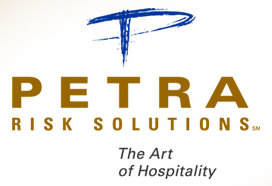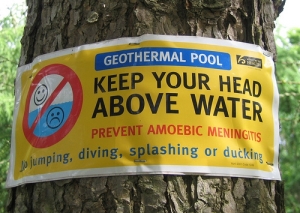“…The app tags related users and follows that user around for 72 hours and analyzes their tweets for signs of food poisoning symptoms like  vomiting, abdominal pain, fever and chills. The system watches out for tweets that contain keywords like “threw up†and “tummy ache. In just four months, the nEmesis team was able to identify around 23,000 restaurant customers and detect around 480 possible cases of food poisoning. They then gave the restaurants a “health score†based on the number of incidents of people who became sick after eating there. The nEmesis team correlated their results with scores from the health department…”
vomiting, abdominal pain, fever and chills. The system watches out for tweets that contain keywords like “threw up†and “tummy ache. In just four months, the nEmesis team was able to identify around 23,000 restaurant customers and detect around 480 possible cases of food poisoning. They then gave the restaurants a “health score†based on the number of incidents of people who became sick after eating there. The nEmesis team correlated their results with scores from the health department…”
Researchers at the University of Rochester developed an app called nEmesis that searches through Twitter and identifies possible cases of food poisoning. The app takes GPS data that is accessible via Twitter’s API and cross references that with the coordinates of restaurants.
One of the creators, Adam Sadilek, who now works at Google, sees the app as something that can help warn customers and as a potential tool for health officials to identify restaurants that may need to be looked into.
For more:Â http://www.psfk.com/2013/10/food-poisoning-detection-app.html












